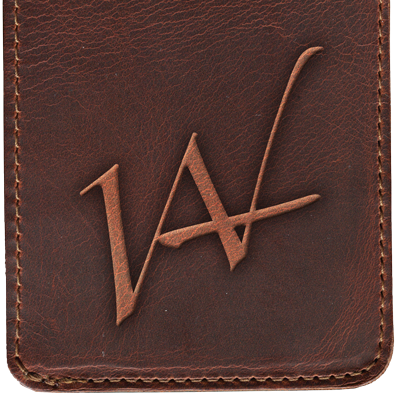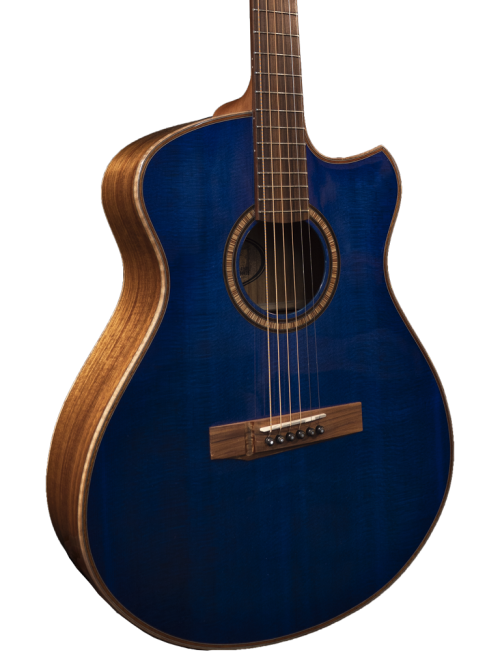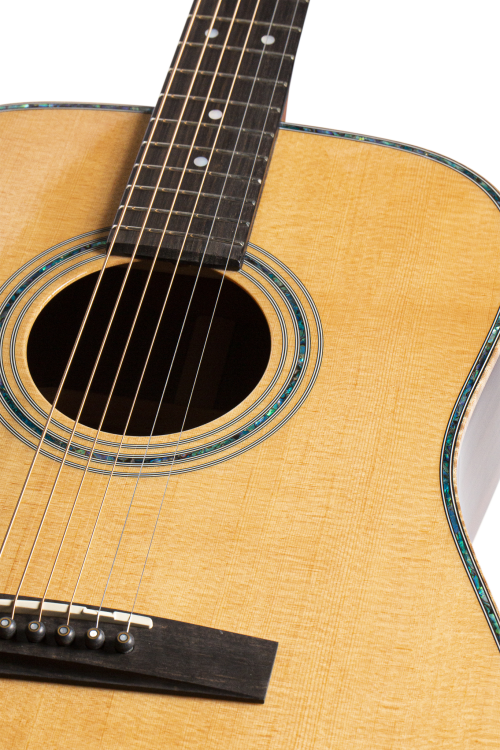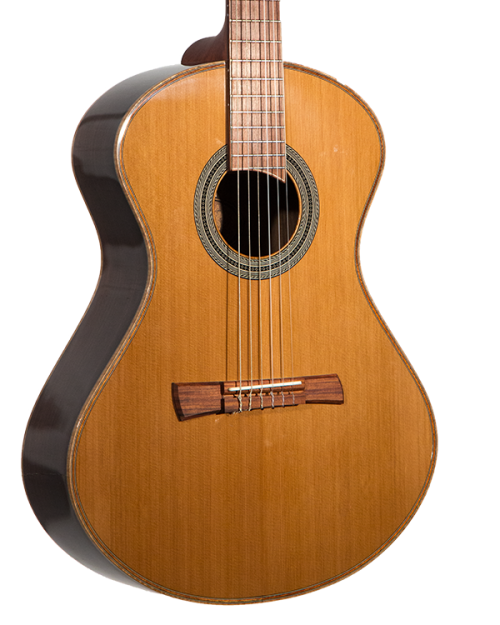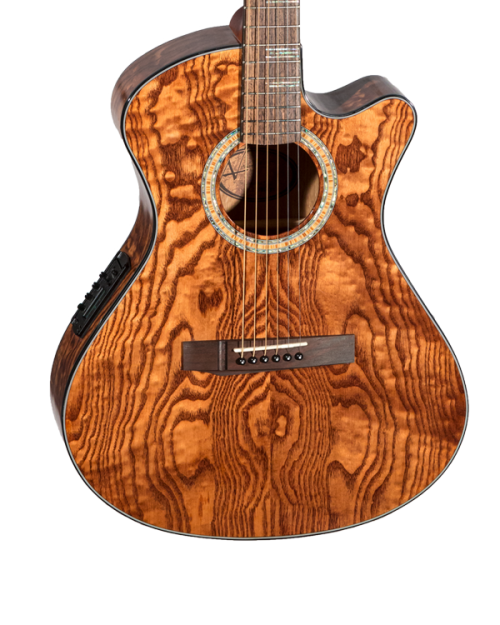Is an Andrew White Guitar for you?
Clarifying differentiation points requires a closer look at body shape & the arcing body profile.
This blog is the first of what will be an expanding series of information to better articulate the AWG difference.
Recent surveys we conducted discovered that a large share of guitar aficionados evaluating our guitars seek additional information, or better clarity, about what makes Andrew White Guitars unique.
Unique is the key term. As a luthier and fan of all things guitar, first and foremost, I want to clarify that I/we make no claim that an Andrew White Guitar is “better” than any traditional guitar. In fact, we offer traditional body shapes because we recognize and admire their history and special qualities.
There are two critical areas to consider on the path to defining what makes an Andrew White Guitar unique.
• The relationship of bodies dimensional proportions.
• The qualities and benefits of the “Arcing Body Profile”.
The latter – the Arcing Body Profile associated with our most popular guitars – the Cybele, the EOS and the Freja – is what is evolving as synonymous with the AWG brand. Instead of laying claims about advantages, it’s important to clarify that these guitars offer a shift in perspectives that result in a new, or different, guitar “voices”.
The unique difference of an Andrew White Guitar lies at the intersection of traditional and progressive concepts in guitar building. As we explore a little further, we hope to reveal how these three distinct body shapes offer “the best of more than one world”; and to share some benefits of the arcing body profile. I hope presenting this information offers considerations and clarity about how a guitar player might determine which Andrew White Guitar fits their individual preferences.
Alright, let’s break it down.
The relationship of bodies dimensional proportions.
Historically, the most notable elements of guitar discussions are size, scale length, tone woods, neck dimensions and feel, and of course the tonal properties. In the context of articulating how my guitars are unique, the focus really needs to be on size and proportion. I’d like to show my instruments in comparison to traditional body shapes you are likely familiar with
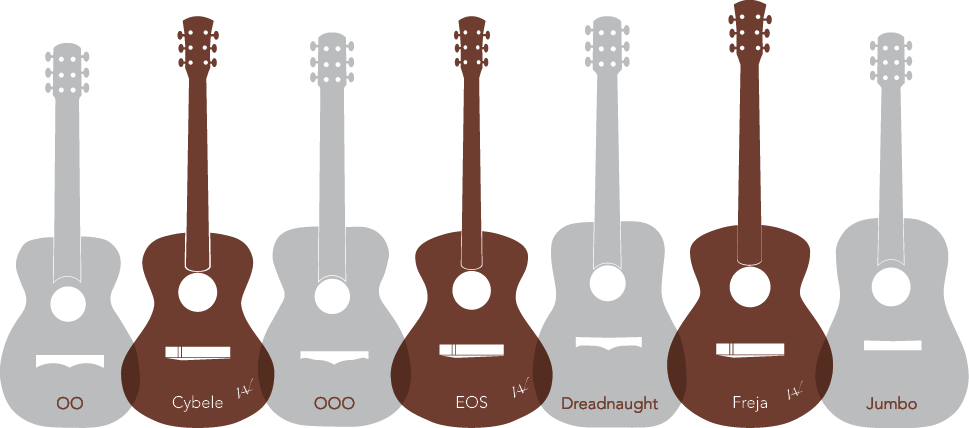
Chances are, if you’re reading this, you’re already an accomplished study on the nuances of shape and size in relation to volume, projection and articulation. Let’s explore the three AWG body shapes that embody similarities among the traditional shapes you’ve studied, debated, and ultimately grown to admire or avoid.
One of the easiest ways to explain the AWG difference is to showcase how each body shape transcends qualities of more than one traditional guitar. Take a look at these summary explanations and technical specs.
Cybele
The smallest of the three, the Cybele offers small body with a big voice. It’s got that small body tone with vocal, earthy textures that fans of 00/Parlor and 000 shapes love, AND with a lower bout comparable to a 000 and a waste similar to an 00, there is a surprising low end, and more volume than expected. This is a comfortable instrument to cozy up with on the couch, it feels small and unobtrusive in your lap, but because of the larger lower bout, the volume is greater than you would expect.
A well-balanced instrument with fantastic sustain, you’ll find percussive responsiveness when chording, and nice clear melodies that don’t lose the rowdiness you’d expect from a larger body.
Tonally, the defining factor of a small body guitar is really the amount of “wood” you hear in the guitar. And you can really tell a bigger difference in a Cybele when the wood options are different. The wood Speaks. You can really hear the wood. If Cybele is starting to sound like the one for you, ask us about different woods to get that earthy, gritty, growl, or bark sound you seek.
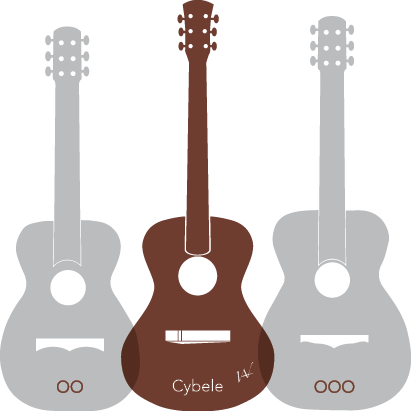
EOS
The EOS has a 15 3/4” lower bout – about the same as a dreadnaught, but a very tight waste. You get the articulate nature – and separation from note to note – of an 000 or OM, but a full body sound, better low end, and volume expected from a dreadnaught.
The Eos Can best be described as an articulate, clean sounding instrument with the headroom and sustain of a larger body. If you want volume without distortion in guitar that’s also comfortable in your lap, the EOS may be for you.
The strong low end of a Dreadnought, paired with the warm, round high end and a responsive attack of mid range traditionals makes it great both finger style players and strummers alike.
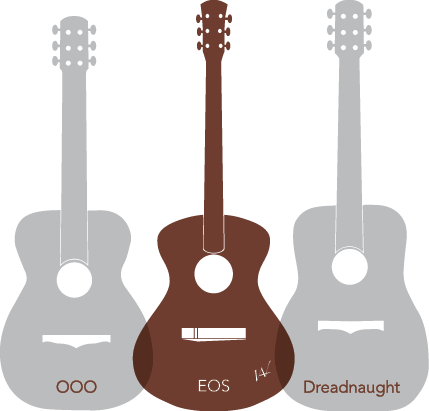
Freja
The Freja is best described as versatile and balanced. While the Cybel and Eos showcase features of a narrow spectrum of traditional guitars, the Freja turns heads for it’s far reaching versatility; beyond some commonality with a dreadnaught or Jumbo, the Freja has attributes you might find alluring in a mid-sized guitar as well. With a lower bout larger than most dreadnaughts, you experience similar volume and bass in a guitar that is superb for strumming across all 6 strings. While you get the bass of the larger body, you lose the “boom” – and the tight waste brings an articulate nature of a mid range or high end guitar.
Now that you have a better sense of how our guitars fit on the spectrum of traditionals, I want to move into our true passion – the arcing body profile.
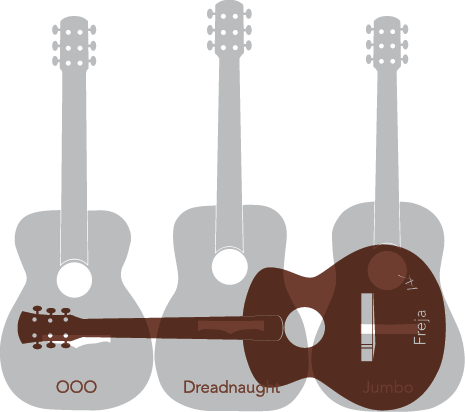
The qualities and benefits of the arcing body profile.
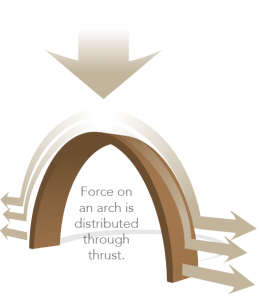
With a better grasp of where the Andrew White Guitars body shapes fall on the spectrum of traditional guitars, deeper understanding about the unique contributions of the arcing body profile can further showcase the features of this progressive guitar series.
The structural advantage of an arch is well documented. Rather than regurgitate thousands of years of evidence, let’s focus in on the key advantage: force on an arch is distributed through thrust.
Eliminating straight lines brings the engineering marvel of an arch to the structural integrity of the guitar.
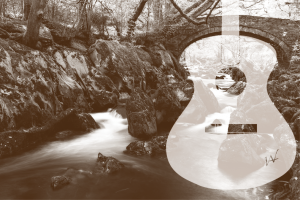 The Cybele, EOS, and Freja are born from the storied and unique history of the arcing body profile. While not new, the features and benefits are gaining popularity and momentum and to some extent our guitars are leading the pack. So, what’s the big deal?
The Cybele, EOS, and Freja are born from the storied and unique history of the arcing body profile. While not new, the features and benefits are gaining popularity and momentum and to some extent our guitars are leading the pack. So, what’s the big deal?
Remember, force on an arch is distributed through thrust. By designing a guitar with a profile comprised of a continuous arch, forces associated with the guitar are distributed differently. Some of the most notable include:
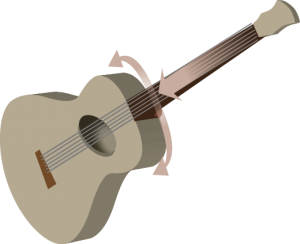 Distribution of force on the neck joint – One of the more common repairs seen in a luthiers shop is to address collapse of the neck joint. As a guitar is played, tension associated with the strings pressures the neck joint to a point of gradual collapse. With an arcing body profile, those forces find alternative release points offering greater longevity at the neck joint.
Distribution of force on the neck joint – One of the more common repairs seen in a luthiers shop is to address collapse of the neck joint. As a guitar is played, tension associated with the strings pressures the neck joint to a point of gradual collapse. With an arcing body profile, those forces find alternative release points offering greater longevity at the neck joint.
Added protection against the dreaded vertical drop – It’s the stuff of nightmares. Dropping the guitar is no-no numero uno, but we all know that life happens. Even the most diligent player out there could have a 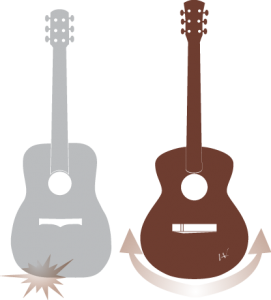 mishap on the way to the case. The flatter the surface, the more surface area at impact. The arcing body profile not only limits area of impact, but more importantly, benefits from the distribution of force away from the impact area; ultimately reducing risk of damage.
mishap on the way to the case. The flatter the surface, the more surface area at impact. The arcing body profile not only limits area of impact, but more importantly, benefits from the distribution of force away from the impact area; ultimately reducing risk of damage.
Resonance and volume gains from increased vibration and air flow. A source of great pride for me is the ongoing feedback about the projection our guitars offer. We are constantly hearing that the guitars offer great projection with lots of tone and articulation. The continuous arch offers added strength to the sides. With stronger sides, absorption in the body decreases. As a result, vibration is sustained and more air is pushed out of the sound hole.
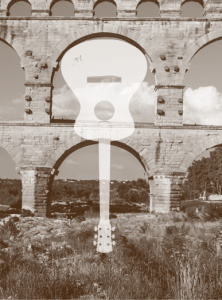 At the end of the day, there are as many preferences and opinions about guitars as there are guitars. Every voice has its own unique voice which makes my work meaningful and enjoyable. As the survey results indicated, many folks wanted to better understand how these guitars are different so I’m hopeful this offers some clarity. If I were to sum it up succinctly, we offer a new guitar voice; each one with some qualities of a couple of different traditional guitars. You know your preferences and hopefully now you have a better sense about which one of our arcing body profiles might fit best in your lap.
At the end of the day, there are as many preferences and opinions about guitars as there are guitars. Every voice has its own unique voice which makes my work meaningful and enjoyable. As the survey results indicated, many folks wanted to better understand how these guitars are different so I’m hopeful this offers some clarity. If I were to sum it up succinctly, we offer a new guitar voice; each one with some qualities of a couple of different traditional guitars. You know your preferences and hopefully now you have a better sense about which one of our arcing body profiles might fit best in your lap.
Cheers!
